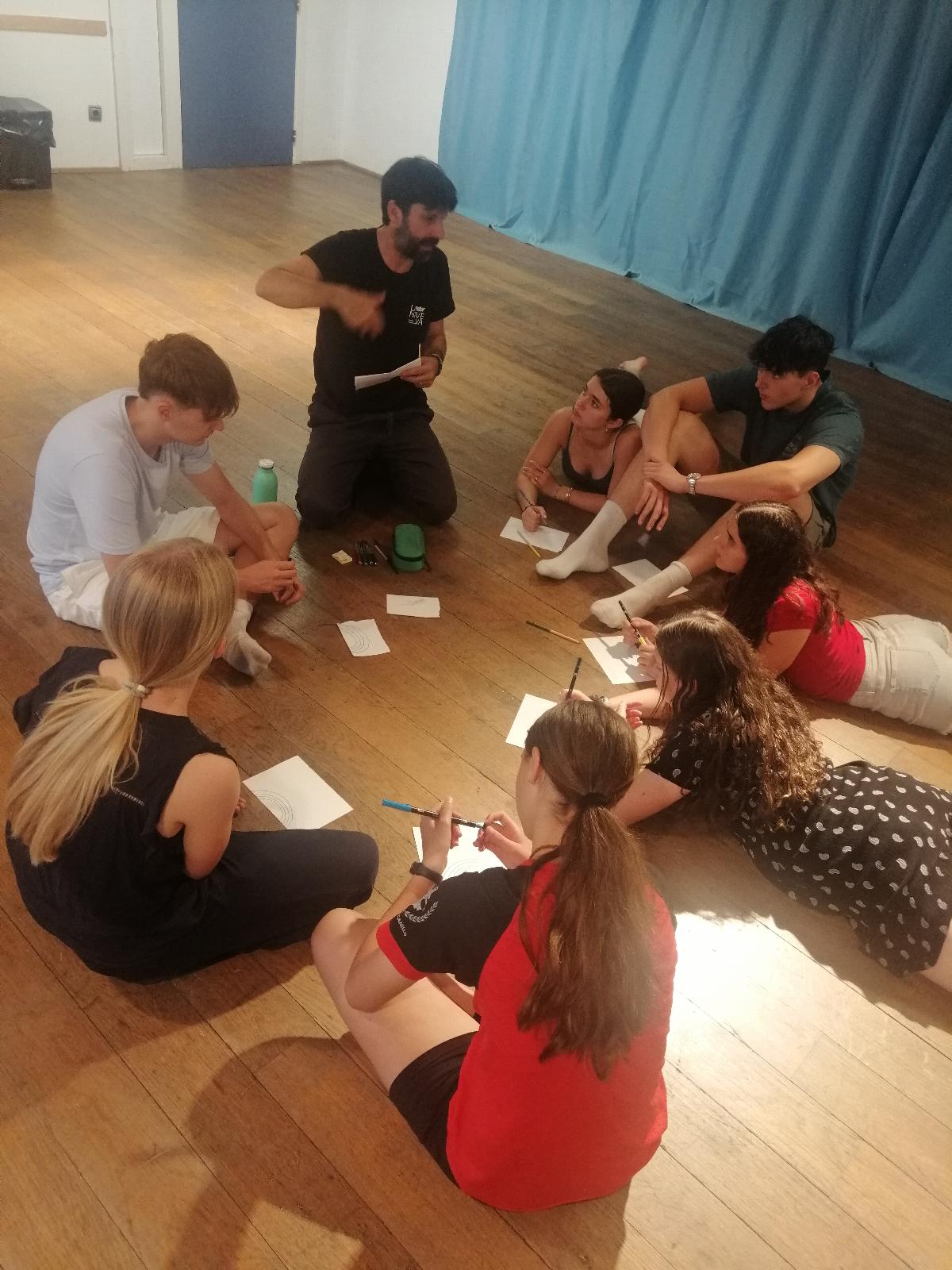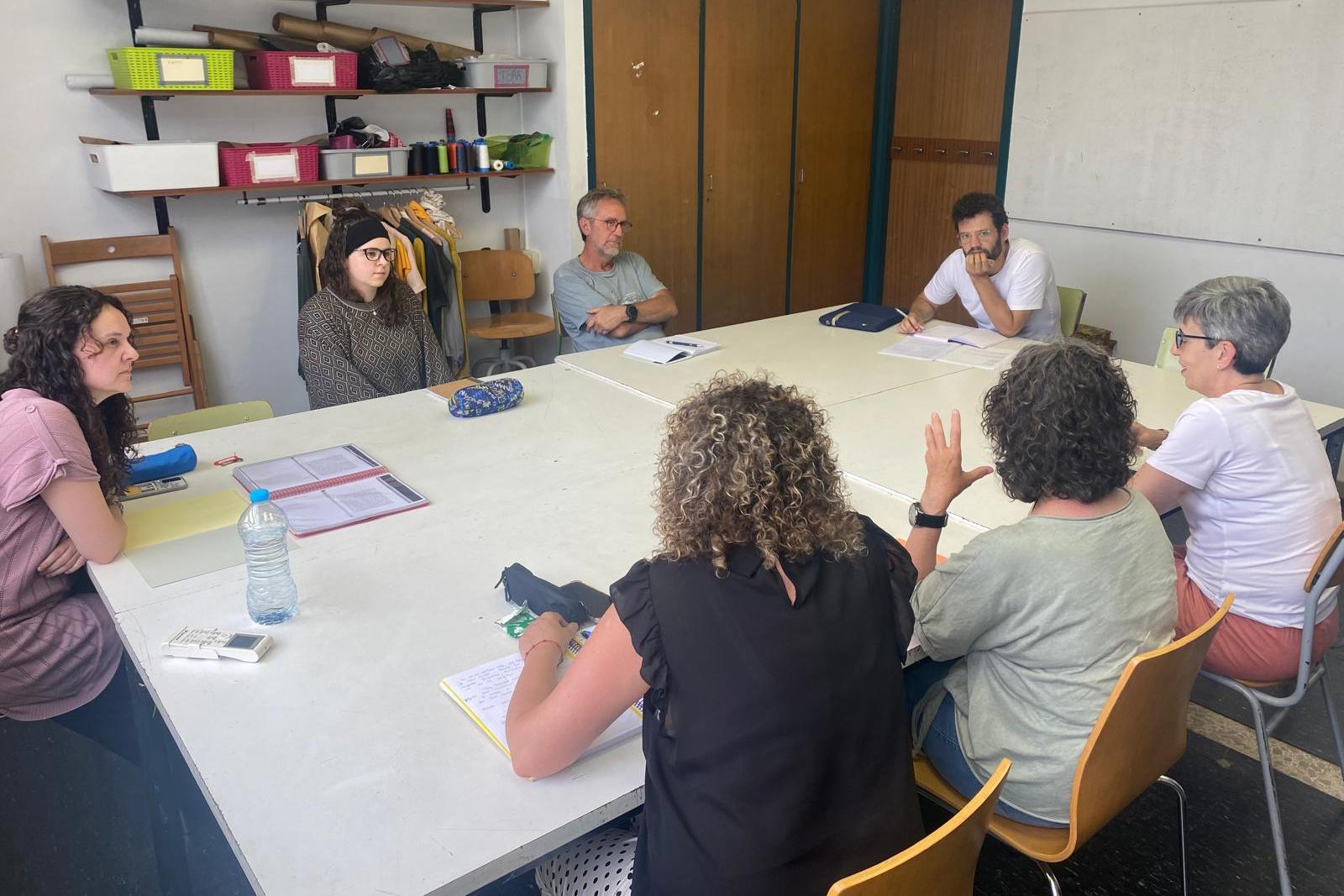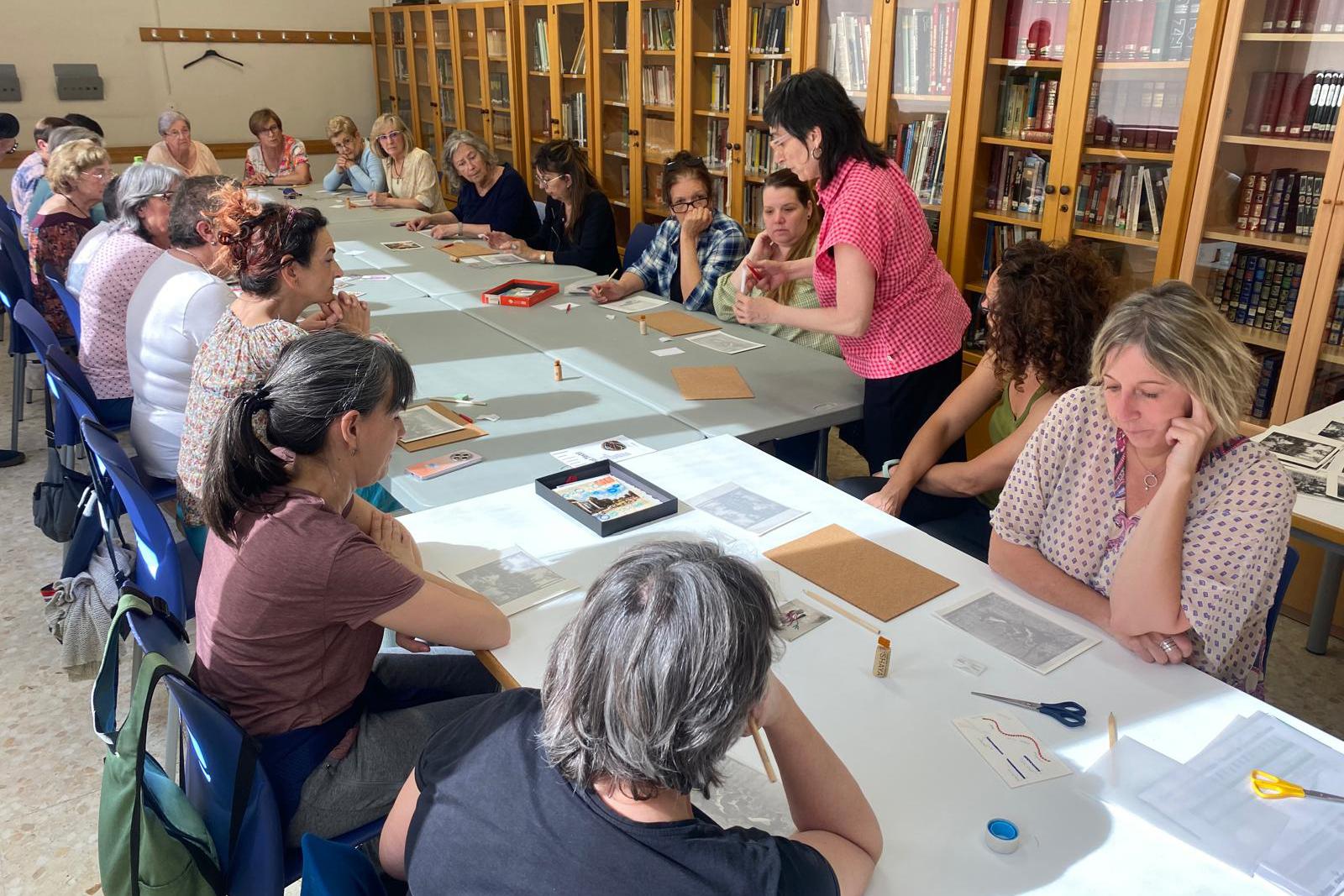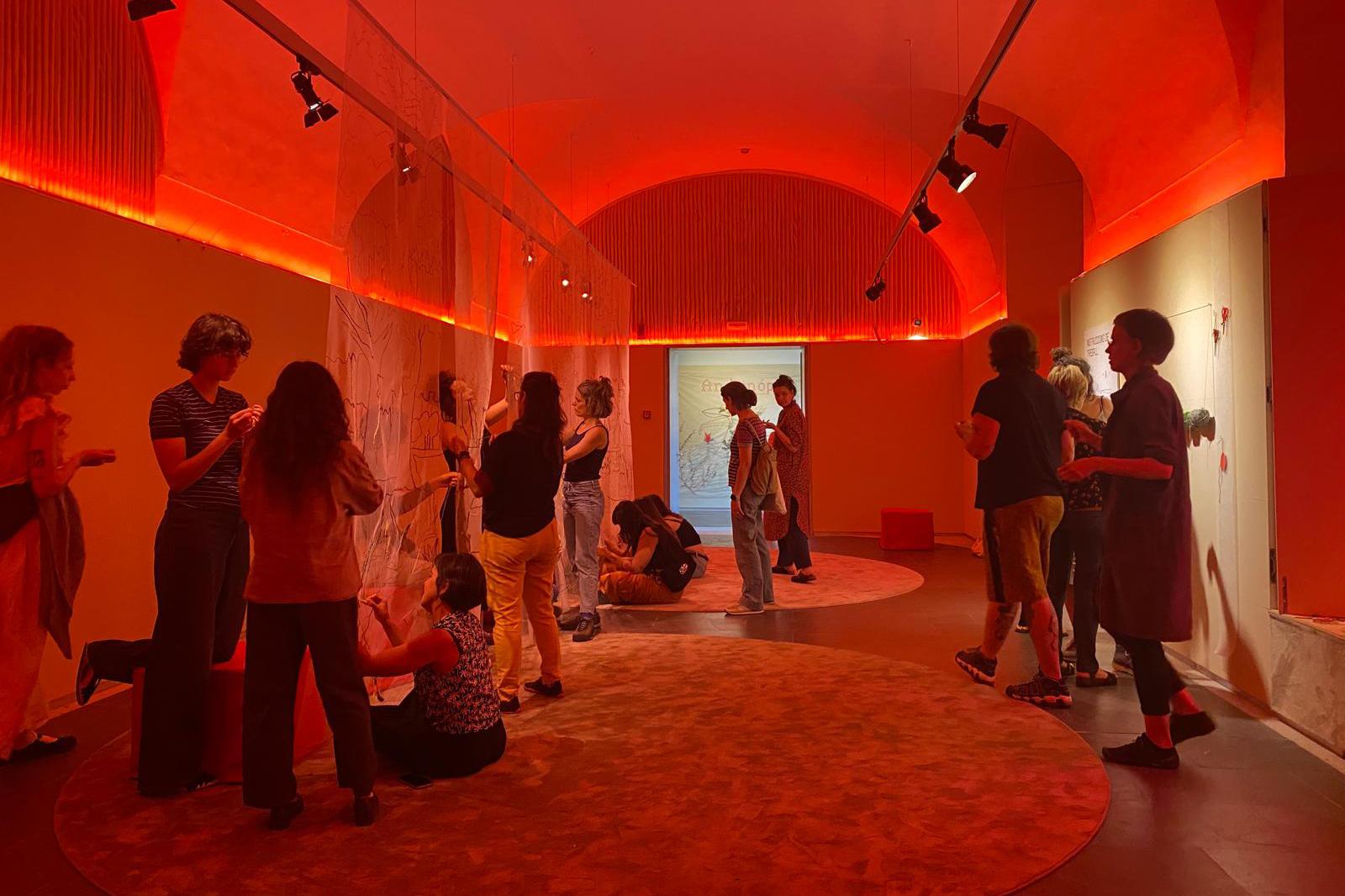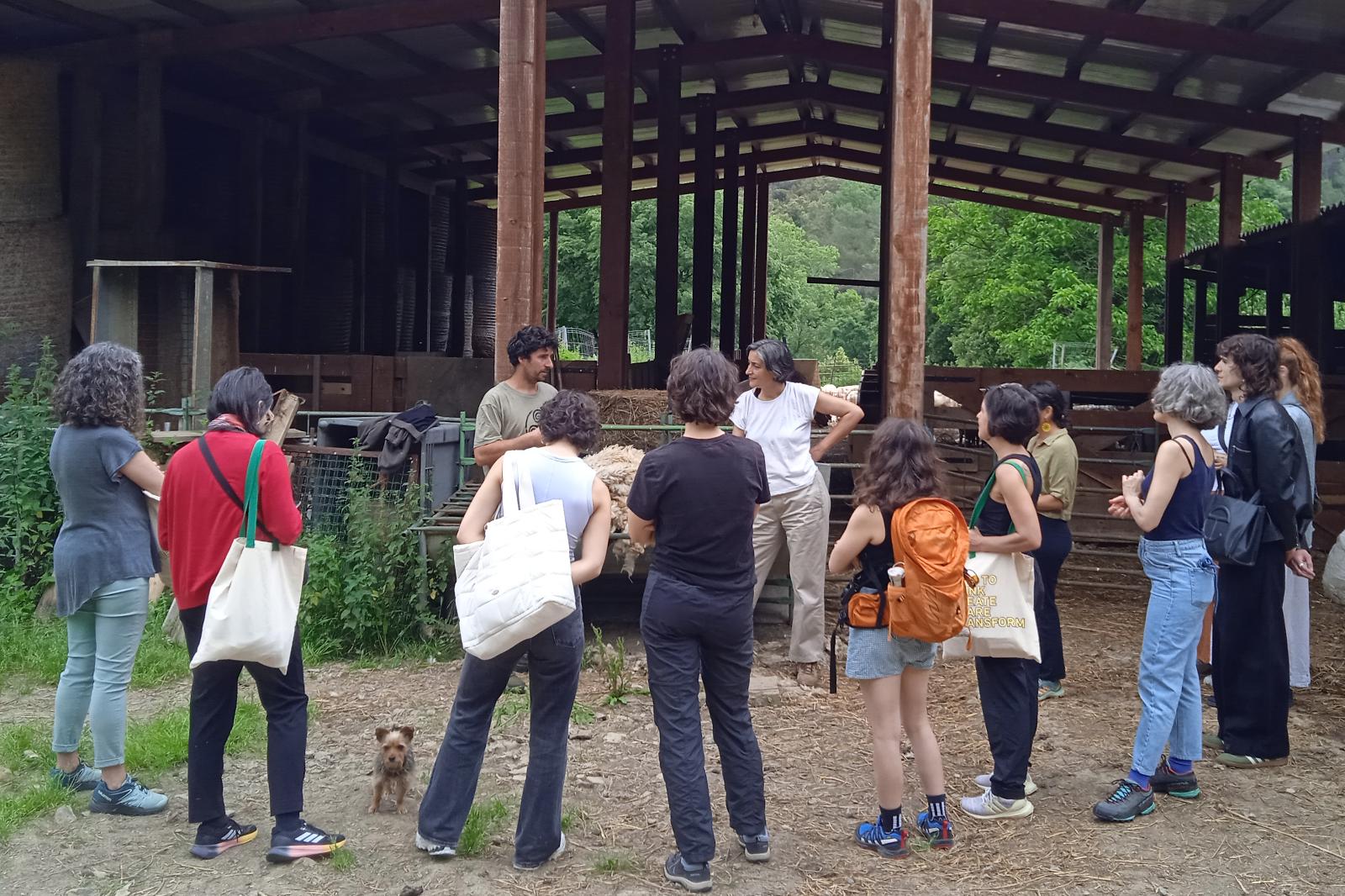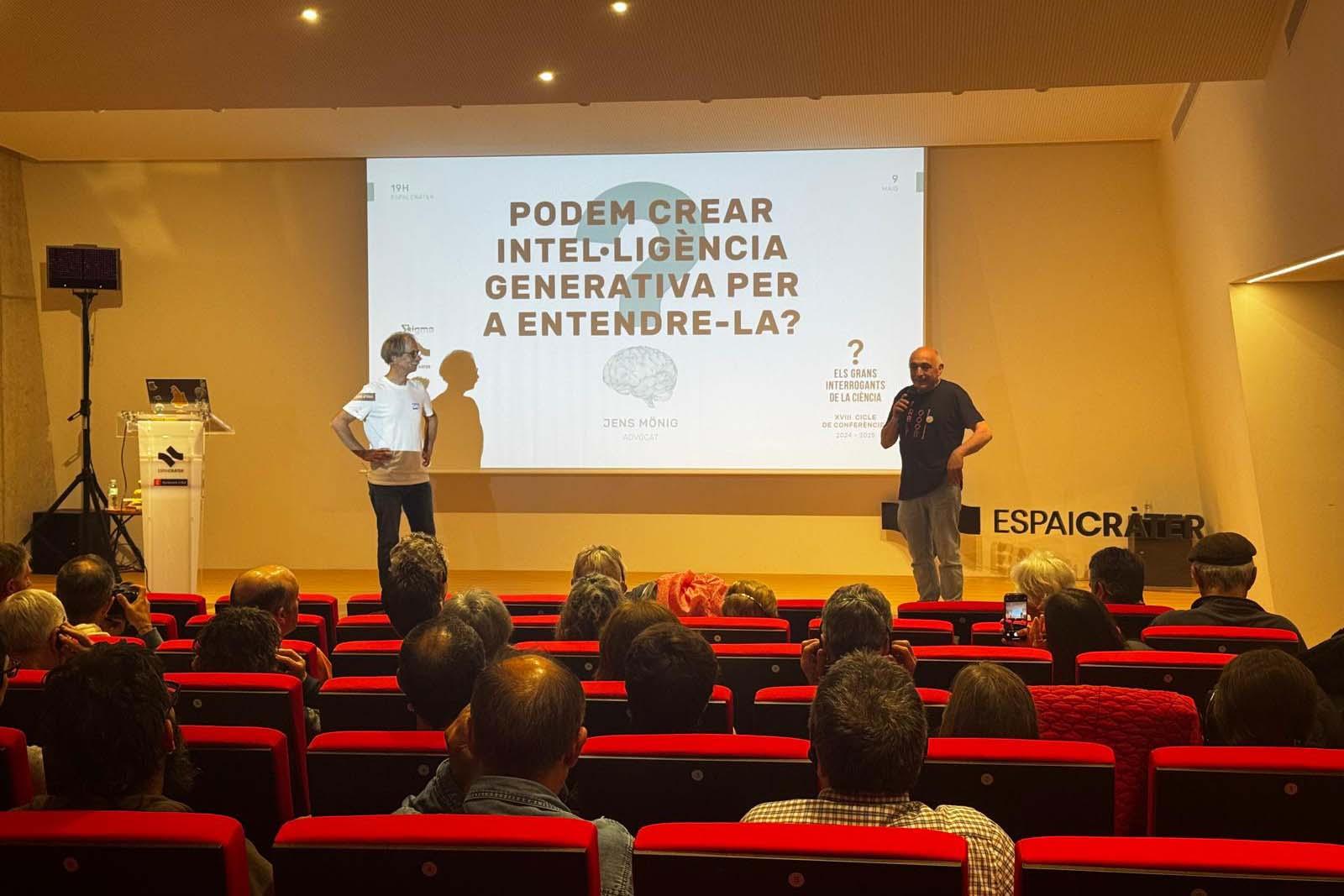What do we know about volcanoes? The volcanoes of Mexico and their impact on society, Gerardo Aguirre and Xavier de Bolós
Friday, 15 October 2021 , Olot

What do we know about volcanoes? The volcanoes of Mexico and their impact on society, Gerardo Aguirre and Xavier de Bolós
"Volcanoes have negative and positive impact in society; negative issues are the more visible such as destruction, life losses, environmental damage, and economy loss. The positive ones include mineral resources, geothermal energy, tourism and cultural and natural heritage. Mexico counts with a large variety of volcanic landscapes, and Mexico also has some of the most dangerous volcanoes. The most emblematic are Popocatépetl (5426 meters above sea level-masl) a classic cone, with a persistent fumarole and a snow-covered top. Colima (3839 masl) is the most active of the country. Pico de Orizaba (5636 masl) is the highest one, and Paricutin, the volcano that could be observed since it was born in 1942, which is the closest in aspect and type to those at La Garrotxa.", Gerardo Aguirre
“In this talk, I show the differences and the relationship between the ongoing eruption of La Palma in the Canary Islands and the case of the active volcanic field of Michoacán-Guanajuato. I also present how we can study the volcanic unrests crisis and the interpretation of seismic swarms previous to a volcanic eruption. Finally, I relate these cases to the volcanism of the La Garrotxa field, showing the volcanic hazard maps according to different expected scenarios.”, Xavier de Bolós

